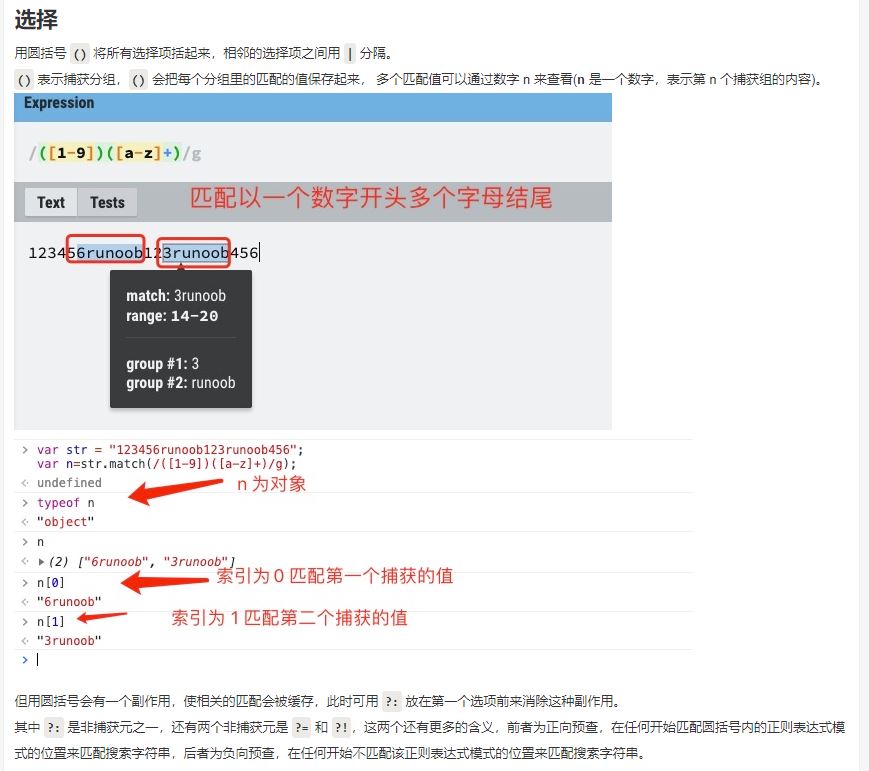Python selenium爬取微博數(shù)據(jù)代碼實(shí)例
爬取某人的微博數(shù)據(jù),把某人所有時(shí)間段的微博數(shù)據(jù)都爬下來。
具體思路:
創(chuàng)建driver-----get網(wǎng)頁----找到并提取信息-----保存csv----翻頁----get網(wǎng)頁(開始循環(huán))----...----沒有“下一頁”就結(jié)束,
用了while True,沒用自我調(diào)用函數(shù)
嘟大海的微博:https://weibo.com/u/1623915527
辦公室小野的微博:https://weibo.com/bgsxy
代碼如下
from selenium import webdriverfrom selenium.webdriver.common.keys import Keysimport csvimport osimport time #只有這2個(gè)參數(shù)設(shè)置,想爬誰的微博數(shù)據(jù)就在這里改地址和目標(biāo)csv名稱就行weibo_url = ’https://weibo.com/bgsxy?profile_ftype=1&is_all=1#_0’csv_name = ’bgsxy_allweibo.csv’ def start_chrome(): print(’開始創(chuàng)建瀏覽器’) driver = webdriver.Chrome(executable_path=’C:/Users/lori/Desktop/python52project/chromedriver_win32/chromedriver.exe’) driver.start_client() return driver def get_web(url): #獲取網(wǎng)頁,并下拉到最底部 print(’開始打開指定網(wǎng)頁’) driver.get(url) time.sleep(7) scoll_down() time.sleep(5) def scoll_down(): # 滾輪下拉到最底部 html_page = driver.find_element_by_tag_name(’html’) for i in range(7): print(i) html_page.send_keys(Keys.END) time.sleep(1) def get_data(): print(’開始查找并提取數(shù)據(jù)’) card_sel = ’div.WB_cardwrap.WB_feed_type’ time_sel = ’a.S_txt2[node-type='feed_list_item_date']’ source_sel = ’a.S_txt2[suda-uatrack='key=profile_feed&value=pubfrom_guest']’ content_sel = ’div.WB_text.W_f14’ interact_sel = ’span.line.S_line1>span>em:nth-child(2)’ cards = driver.find_elements_by_css_selector(card_sel) info_list = [] for card in cards: time = card.find_elements_by_css_selector(time_sel)[0].text #雖然有可能在一個(gè)card中有2個(gè)time元素,我們?nèi)〉谝粋€(gè)就對 if card.find_elements_by_css_selector(source_sel): source = card.find_elements_by_css_selector(source_sel)[0].text else: source = ’’ content = card.find_elements_by_css_selector(content_sel)[0].text link = card.find_elements_by_css_selector(time_sel)[0].get_attribute(’href’) trans = card.find_elements_by_css_selector(interact_sel)[1].text comment = card.find_elements_by_css_selector(interact_sel)[2].text like = card.find_elements_by_css_selector(interact_sel)[3].text info_list.append([time,source,content,link,trans,comment,like]) return info_list def save_csv(info_list,csv_name): csv_path = ’./’ + csv_name print(’開始寫入csv文件’) if os.path.exists(csv_path): with open(csv_path,’a’,newline=’’,encoding=’utf-8-sig’) as f: #newline=’’避免空行;encoding=’utf-8-sig’比utf8牛,保存中文沒問題 writer = csv.writer(f) writer.writerows(info_list) else: with open(csv_path,’w+’,newline=’’,encoding=’utf-8-sig’) as f: writer = csv.writer(f) writer.writerow([’發(fā)布時(shí)間’,’來源’,’內(nèi)容’,’鏈接’,’轉(zhuǎn)發(fā)數(shù)’,’評論數(shù)’,’點(diǎn)贊數(shù)’]) writer.writerows(info_list) time.sleep(5) def next_page_url(): next_page_sel = ’a.page.next’ next_page_ele = driver.find_elements_by_css_selector(next_page_sel) if next_page_ele: return next_page_ele[0].get_attribute(’href’) else: return None driver = start_chrome()input(’請?jiān)赾hrome中登錄weibo.com’) # 暫停程序,手動(dòng)登錄weibo.com while True: get_web(weibo_url) info_list = get_data() save_csv(info_list,csv_name) if next_page_url(): weibo_url = next_page_url() else: print(’爬取結(jié)束’) break
以上就是本文的全部內(nèi)容,希望對大家的學(xué)習(xí)有所幫助,也希望大家多多支持好吧啦網(wǎng)。
相關(guān)文章:
1. 低版本IE正常運(yùn)行HTML5+CSS3網(wǎng)站的3種解決方案2. Python通過fnmatch模塊實(shí)現(xiàn)文件名匹配3. 正則表達(dá)式匹配${key}并在Java中使用的詳細(xì)方法4. 解決vue scoped scss 無效的問題5. jsp文件下載功能實(shí)現(xiàn)代碼6. 阿里前端開發(fā)中的規(guī)范要求7. 基于Java實(shí)現(xiàn)簡單貪吃蛇游戲8. Android Studio 4.0 正式發(fā)布在Ubuntu 20.04中安裝的方法9. Jsp中request的3個(gè)基礎(chǔ)實(shí)踐10. 詳談ajax返回?cái)?shù)據(jù)成功 卻進(jìn)入error的方法

 網(wǎng)公網(wǎng)安備
網(wǎng)公網(wǎng)安備